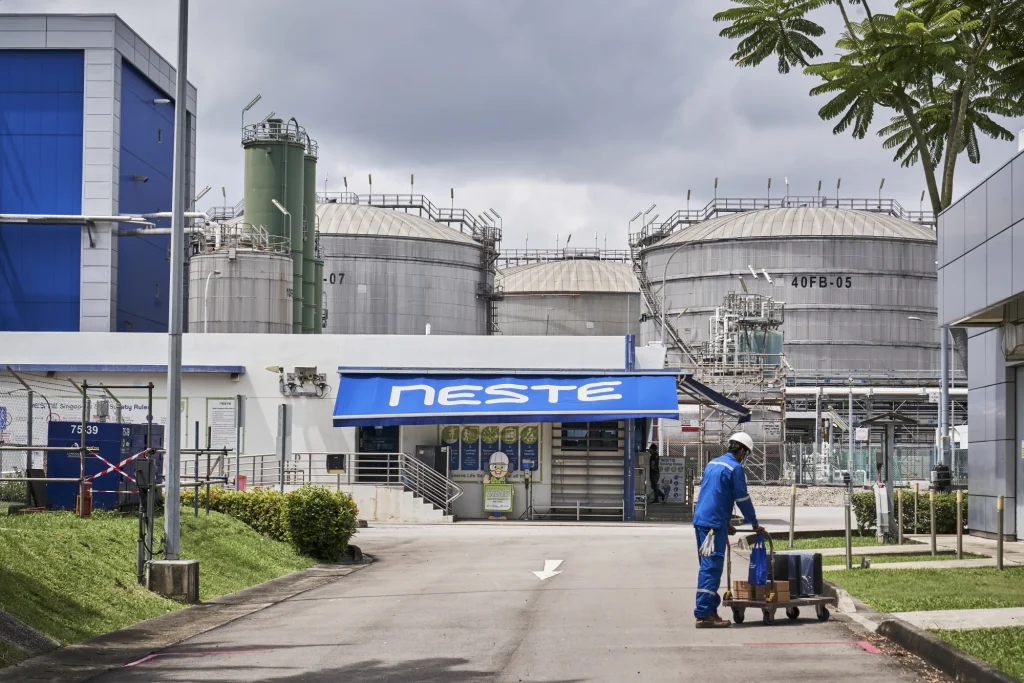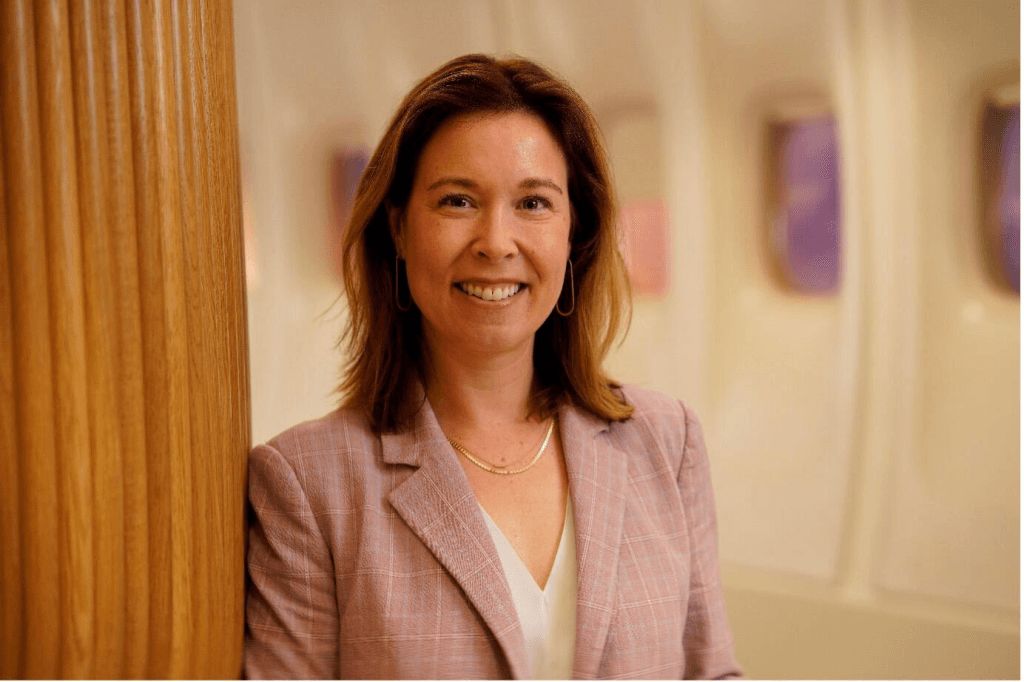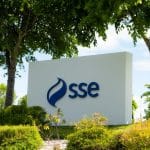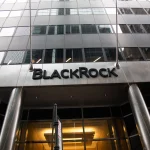Neste, United Airlines Broaden SAF Supply to Advance Decarbonized Air Travel in the US

- Neste to supply neat MY Sustainable Aviation Fuel to United Airlines at three major US airports: Houston (IAH), Newark (EWR), and Dulles (IAD).
- SAF deliveries through existing pipelines to continue into late 2025, expanding on United’s leadership as the top SAF user in the US.
- The partnership highlights the need for stronger federal and state incentives to accelerate renewable jet fuel adoption.
Expanding the US SAF Footprint
Neste and United Airlines have deepened their strategic partnership to bring sustainable aviation fuel (SAF) to three of the airline’s largest US hubs: George Bush Intercontinental Airport, Newark Liberty International Airport, and Dulles International Airport.
Under the agreement, Neste will supply neat Neste MY Sustainable Aviation Fuel™, which will be blended with conventional jet fuel to meet industry specifications before being used in United’s commercial flights. Deliveries to Houston began in July and will continue through October 2025, while supply to Newark and Dulles started in September and will run until year-end.
The fuel is transported through existing pipeline networks from Neste’s terminal in Houston, integrating SAF into the aviation system without additional infrastructure — a key advantage for scalability.
A Strategic Push Toward Decarbonized Flight
“Introducing sustainable aviation fuel for the first time at our hubs in Houston, Newark, and Dulles is another significant step in United’s sustainability journey,” said Lauren Riley, United Airlines’ Chief Sustainability Officer. “While United remains the leading SAF user in the U.S., we recognize that the market’s growth depends on stronger state and federal support. We’ll continue collaborating with partners like Neste to push for sensible policy incentives that drive lower-carbon aviation.”

United consumed over 4,300 metric tons (13 million gallons) of SAF in 2024 — more than any other US carrier — but the airline has repeatedly emphasized that scaling SAF use requires policy frameworks similar to California’s Low Carbon Fuel Standard (LCFS).
Carl Nyberg, Senior Vice President of Commercial Renewable Products at Neste, echoed this, stating: “It is crucial that more states enact proven incentive policy frameworks to accelerate the production of SAF and support the aviation industry toward its net-zero carbon emission goal by 2050. We remain fully committed to scaling our SAF production and supply capabilities.”

Policy Incentives Driving Adoption
The latest expansion builds on earlier collaborations between Neste and United. In 2024, Neste began supplying SAF to Chicago O’Hare International Airport after Illinois introduced a SAF purchase credit. United was the first airline to use SAF at that airport. Neste’s renewable jet fuel has also been deployed at San Francisco International Airport, where the LCFS continues to support renewable fuel integration.
These localized incentive frameworks have become a key factor in SAF deployment across the United States, underscoring the patchwork nature of US climate policy. Federal initiatives — such as the Inflation Reduction Act’s SAF tax credit — aim to create a national baseline, but industry players continue to call for long-term stability and investment certainty.
RELATED ARTICLE: Bayer and Neste Partner to Advance Canola for Renewable Fuels
Technical Edge and Scale Potential
Neste’s MY Sustainable Aviation Fuel is made entirely from renewable raw materials such as used cooking oil and animal fat waste. When used in neat form, it can reduce lifecycle greenhouse gas emissions by up to 80% compared with conventional jet fuel. The fuel is certified for use in blends of up to 50%, requiring no modifications to existing aircraft engines or fueling infrastructure.
The company currently produces around 1.5 million tons (515 million gallons) of SAF annually and expects capacity to rise to 2.2 million tons (750 million gallons) by 2027. Neste has been steadily expanding its production network across Europe, Asia, and North America, positioning itself as one of the world’s leading SAF suppliers.
C-Suite Takeaway: Policy, Infrastructure, and Market Readiness
For corporate leaders and investors, the Neste–United expansion represents a convergence of policy, infrastructure, and market readiness that defines the future of aviation decarbonization. The use of existing pipelines demonstrates the practical feasibility of integrating renewable fuels at scale, while United’s consistent investment shows that commercial airlines are willing to lead if regulatory frameworks support them.
However, as both companies note, production capacity and price competitiveness remain major barriers. A coherent national policy approach — combining supply-side incentives with demand-side certainty — will be essential to drive sustained growth in the SAF sector.
The partnership’s expansion across three of the busiest US airports places SAF at the heart of American aviation’s energy transition. As airlines worldwide race to meet net-zero targets by 2050, the United–Neste model offers a pragmatic roadmap for scaling renewable jet fuel within existing infrastructure — and within reach of global adoption.
Follow ESG News on LinkedIn












